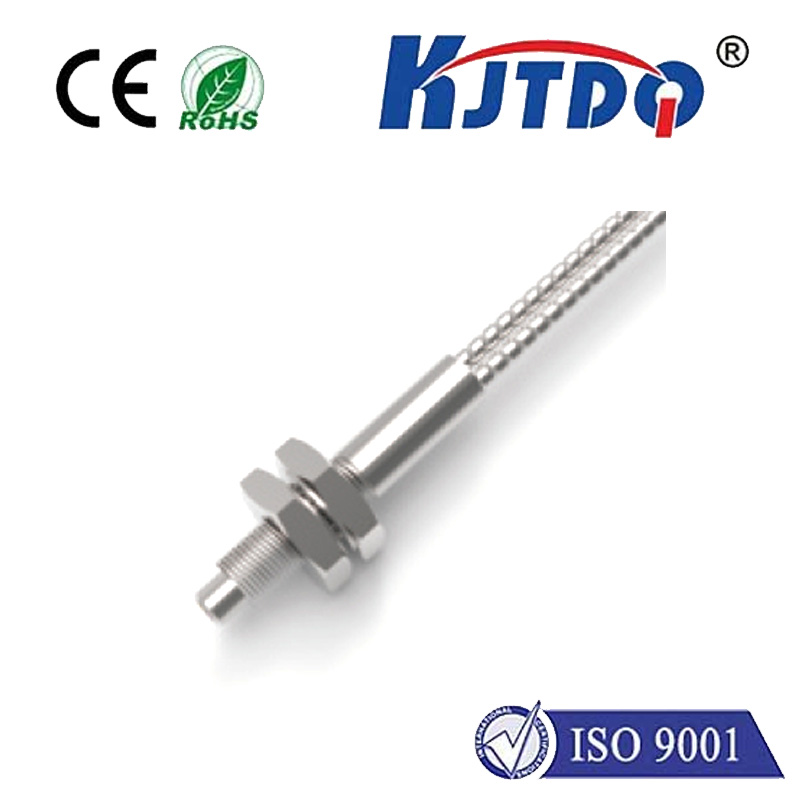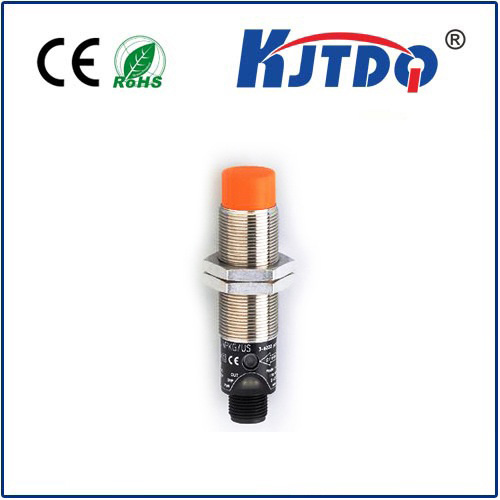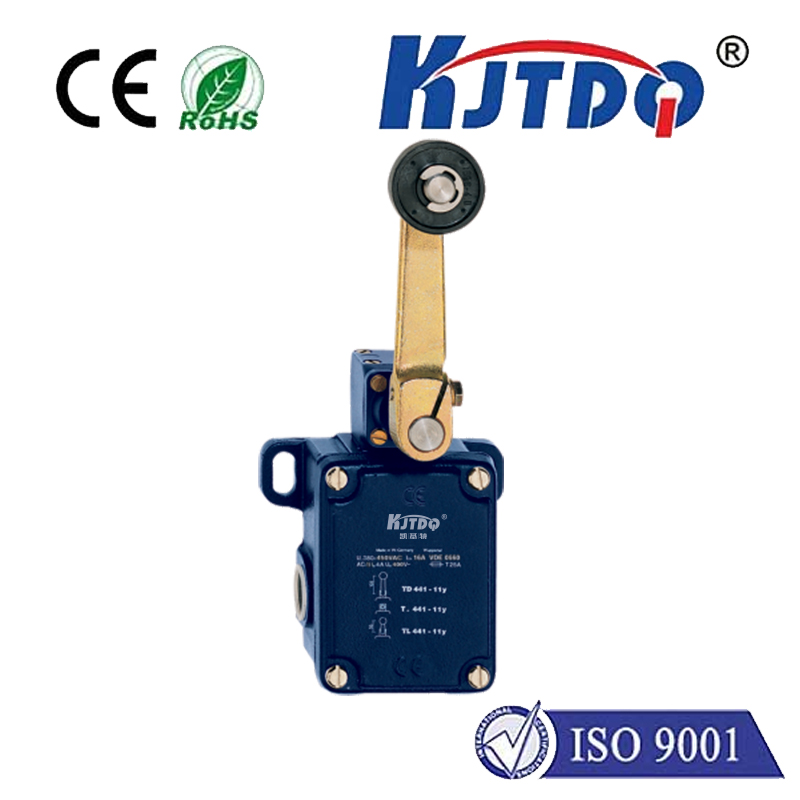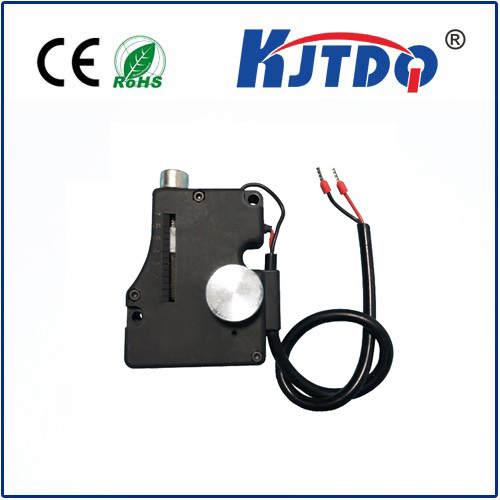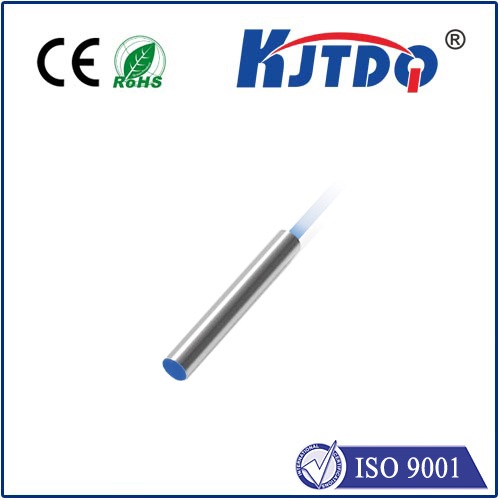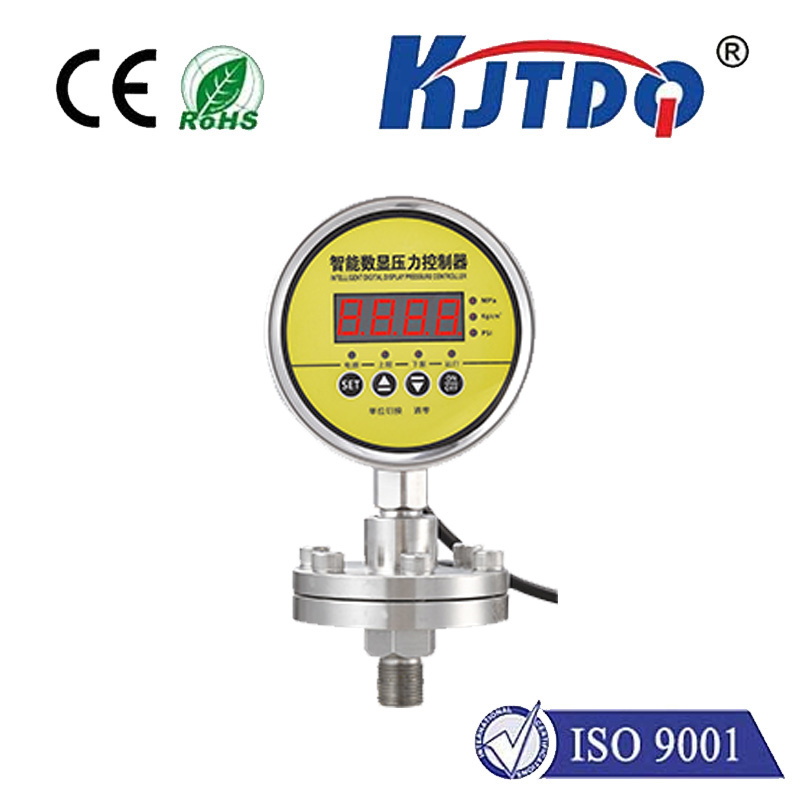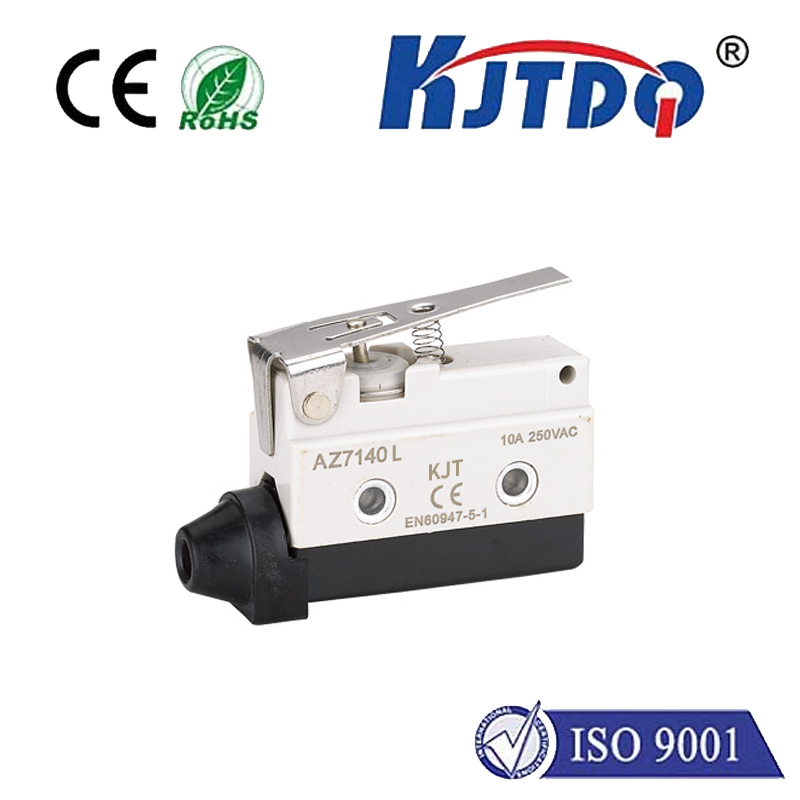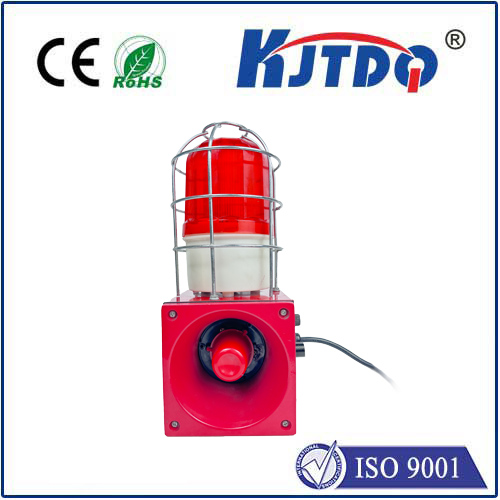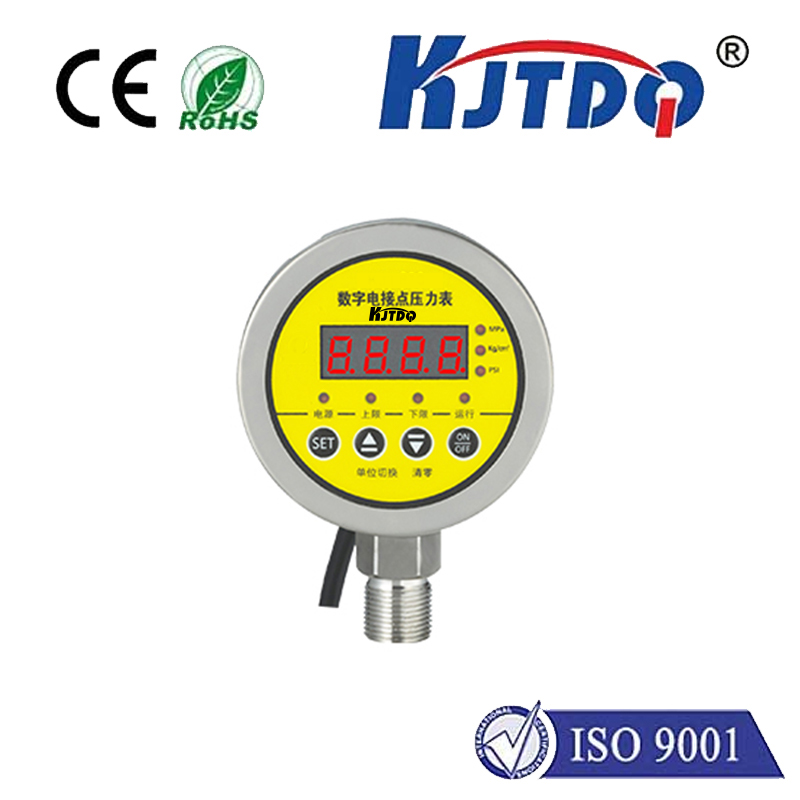
check

check

check

check
Title: The Importance of Stepper Limit Switches in Precision Control
In the realm of automation and mechatronics, stepper motors are a cornerstone for precise positioning and control systems. These motors provide high accuracy and repeatability, which is crucial for applications that demand exact movements. However, to fully harness the capabilities of a stepper motor, an essential component comes into play – the stepper limit switch. This article delves into the importance of stepper limit switches, explaining their role in enhancing precision and reliability within mechanical systems.
What is a Stepper Limit Switch?
A stepper limit switch is a specialized device designed to detect the presence or absence of an object within its sensing range. When integrated with a stepper motor system, it acts as a safety feature, ensuring the motor stops or changes direction before it reaches the endpoints of its travel path. These switches are often found at the beginning (home position) and end (limit position) of a machine’s motion axis to prevent mechanical damage or system faults due to over-travel.
Enhancing System Safety

Safety is paramount in any mechanical setup, and the use of stepper limit switches significantly contributes to this aspect. By serving as hard stops, these switches protect machinery from collisions, reducing the risk of costly repairs or replacements. Moreover, they can help maintain operator safety by preventing unintended motion beyond safe boundaries.
Improving Accuracy and Repeatability
Stepper motors thrive on their ability to move with high accuracy and consistent repetition. Stepper limit switches work in tandem with the motor to ensure that every move is precisely controlled and predictable. They confirm when the stepper motor has reached its intended position, allowing for adjustments to be made if there are any discrepancies between the actual and desired locations.
Maintaining Reliable Performance
Over time, the performance of a stepper motor system can be affected by factors such as wear and tear or environmental conditions. Stepper limit switches offer a way to monitor and maintain reliable performance by regularly checking the system's limits and ensuring the motor operates within its design parameters. Should any issues arise, the switches can trigger an alarm or send a signal to the control system for immediate action.
Ease of Maintenance and Troubleshooting
When problems occur in a stepper motor application, troubleshooting can be streamlined thanks to stepper limit switches. Because these switches provide clear indications of when and where a motor has stopped, they simplify the process of identifying issues like misalignments, mechanical failures, or software errors. This means that maintenance and repair tasks can be carried out efficiently, minimizing downtime.
Integration with Control Systems
Modern industrial automation relies on sophisticated control systems for managing complex operations. Stepper limit switches can be seamlessly integrated into these systems, offering real-time feedback that can be used for automated decision-making and adjustments. This integration allows for enhanced functionality, such as automatic restarts in case of power failures or self-calibration routines.
Conclusion
The stepper limit switch may seem like a small component in the expansive world of automation, but its impact on precision control is immense. By providing critical stopping points, ensuring safety, enhancing accuracy, maintaining performance, easing maintenance, and integrating with modern control systems, the stepper limit switch proves to be an indispensable element in any precise stepper motor application. Embracing its use is not just a choice but a necessity for those seeking to optimize their mechanical systems' efficiency, reliability, and output quality.
